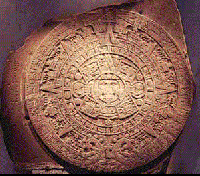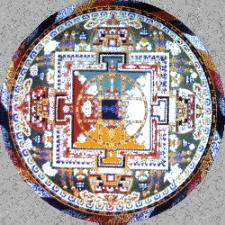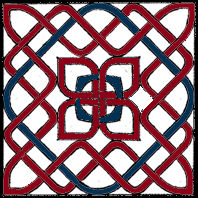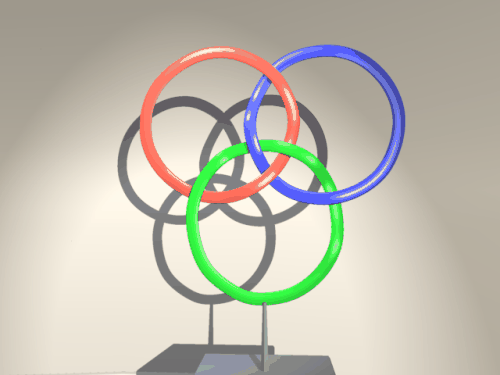-
Up: Home Page
Mandalas and Knot Designs
Background Information
-
 Mandalas are circular designs arranged in layers radiating from the center. Mandalas have been designed by Inca craftsman in the form of calendars and by Tibetan monks in the form of sand paintings.
Mandalas are circular designs arranged in layers radiating from the center. Mandalas have been designed by Inca craftsman in the form of calendars and by Tibetan monks in the form of sand paintings.These sand paintings are rich in symbolisms and are used by the monks as sources for meditation. Mandalas are, by definition, rich in symmetries and therefore worthy of our own reflections. (No pun intended.)
Knot designs are commonly seen in traditional Celtic art. Like the mandala, knot designs are by definition rich in symmetries. Knots are commonly shown as a single cord woven in and out of itself to form a symetrical design.
-
Assumptions and Definitions
The author makes the following assumptions:
- Access to a computer which is connected to the www through a browser such as Netscape. (Hey! you made it this far.)
- The program: The Geometer's Sketchpad is installed onto the user's computer.
- Download Sketchpad
for Mac, Version 3.00 (721K)
- orSketchpad 3.04
for Windows (638K) if you wish you had a Mac ;-)
- Download Sketchpad
for Mac, Version 3.00 (721K)
- Netscape is configured to load Sketchpad as a helper application.
Learn how to configure your browser to open sketchpad.
- Students have a basic understanding of symmetrical terminology (i.e. reflection, translation, dialation)



